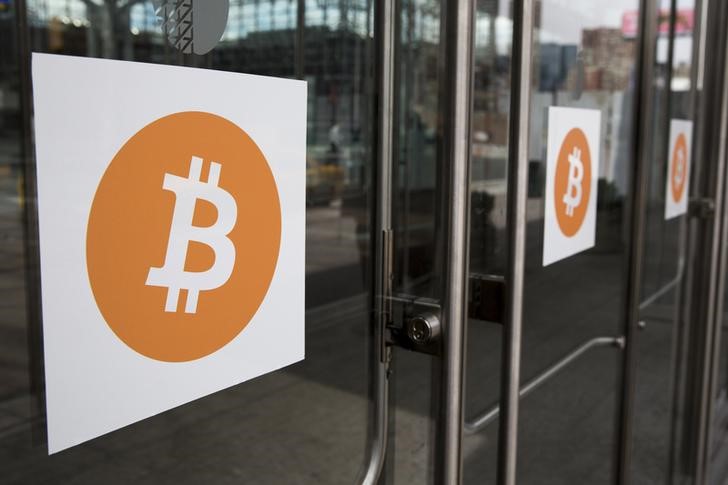Benzinga - As the blockchain ecosystem has grown at a staggering pace over the last decade, that diversity of technologies and cryptocurrencies has also created a soft underbelly of security, primarily in the form of the “bridges” needed for varied blockchains to co-exist and interact. Aside from the tried-and-true social engineering that has supported almost all of the fraud and theft that has occurred on the internet pretty much since the first computer on a network talked to another computer on that network, there may be no more persistent security flaw in blockchain and cryptocurrency than the bridge.
Bridges, essentially software “wrappers” that allow someone to move one blockchain’s token to a different blockchain, have served as a vital part of connecting a world of multiple blockchains and hundreds more cryptocurrencies.
However, many of the major exploits tied to crypto over the last few years are due to exploits of these bridges, usually some way of spoofing a deposit or the validators of these deposits, with Chainanalysis estimating upwards of $2 billion lost last year.
Bridge exploits will almost certainly continue to account for billions more worth of theft if we don’t do something. Just last month, Multichain, a bridge used by several different blockchains, was drained of over $100 million. Later in the month, decentralized exchange and liquidity pool Curve Finance was hacked for approximately $70 million, with a number of bridge-related exploits.
If anything, the growing popularity of these exploits only ensures billions more will be lost.
A Matter Of When, Not If These kinds of losses simply are not acceptable if we accept that blockchain will be the backbone of major financial transformation in the decade to come.
So why do we keep turning over millions and billions worth of cryptocurrency to a technology that has proven so easy to exploit? The worst excuse in the world: it’s the way it’s always been done and there is no easy way to change it.
When so much bad code is responsible for so much loss of money, a total that has soared to the billions of dollars, we clearly need to do something different. No bridge is immune to these kinds of exploits, and as with any security hole, especially one with so much profit to be had in compromising it, it is just a matter of when, not if.
It’s not just the actual cost of these thefts that we have to consider either. Unlike a simple hack or theft, the movement of large amounts of coins can completely swing and even implode markets. The recorded value is already a hard number of billions, but there is a potential loss of value, mostly unaccounted for, that could be even billions more. For example, the Curve Finance token lost over 10 percent of its half-billion market cap as a direct result of the late July exploit. In the two biggest bridge hacks the industry has ever seen, Ronin (~$600M) and Binance (~$570M), the corresponding tokens lost as much as 20 percent and three percent, respectively, before correcting value.
Where We’re Going, We Don’t Need Bridges If we don’t do something right now to better secure the way different tokens are moved across different blockchains, then we will never see the mass adoption that we are looking for in the financial markets. No custodian or institutional investor will use these products. Retail will become too accustomed to using bridges and see these unacceptable losses in value as the cost of doing business. To use that old infomercial phrase, there has to be a better way!
The best possible way? New methods of preserving blockchain interoperability while blowing up the bad bridges that remain the weakest links in that blockchain interoperability.
Many companies are already developing new technologies that would allow for bridgeless transfers, or would remove the need for bridges as we think of them, including Chainlink, Layer 0 and Wire.Network.
Bridges are the absolute biggest security challenge faced by blockchain in this decade. Whoever can move the industry past bridge technology to develop new solutions for moving tokens across the vast universe of blockchains may very well solve a billion-dollar problem.
© 2023 Benzinga.com. Benzinga does not provide investment advice. All rights reserved.
